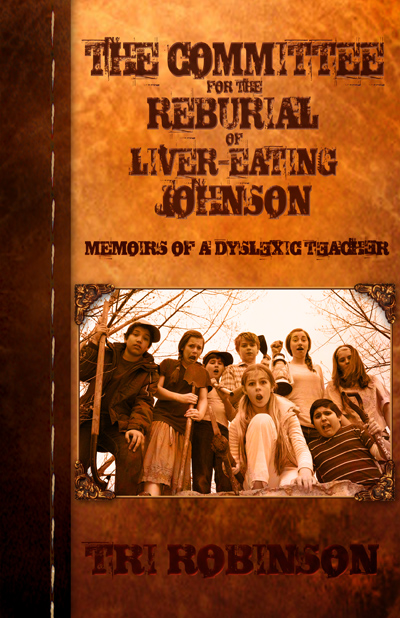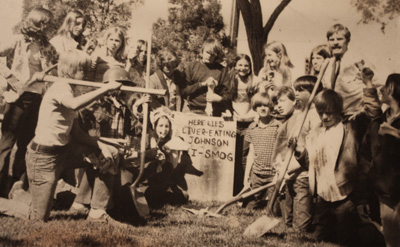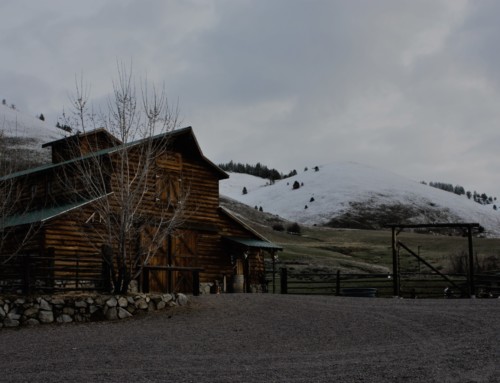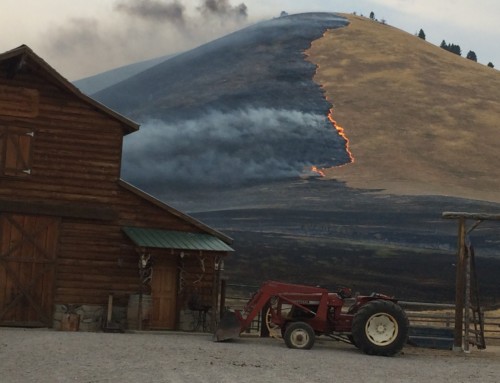In 1973 I was a young teacher at Park View Jr. High School in Lancaster, California. While teaching a class that combined American Literature and US History I told my students a story about the legendary figure who most of the world knows as Jeremiah Johnson. His real name was John Johnston, but because of the legend that he had eaten the liver of a Crow Indian, he became known throughout the west as Liver-eating Johnston. He was a trapper, hunter, scout to General Miles Nelson, and a famous Indian fighter in the Big Sky Country of Wyoming and Montana. Even though it was Johnston’s stated wish to be buried in the mountain country he had roamed, after a lingering illness and his subsequent death in California, he was interred in Sawtelle Veterans Cemetery in Los Angeles. His final resting place was not more than a hundred yards from the San Diego Freeway.
As I ended the story, the twenty-four students in my class became outraged at what they perceived as a grave injustice that they felt strongly should be righted. That righteous sense of indignation and determination prompted the forming of “The Committee for the Reburial of Liver-eating Johnston” and the commitment to move Johnston’s bones back to Big Sky Country of Montana or Wyoming.
Although the class was victorious in the end, it was not an easily won victory – and actually wouldn’t have come about but for a series of unexpected events that were nothing short of miracles. For example, who could have guessed the timing for the movie Jeremiah Johnson to come to our small town not long after the students had formed their committee? Who could have thought that men like Roy Neil (NBC news correspondent for the lunar landing and Apollo 13) or Robert Redford would endorse a bunch of twelve year old kids doing something so outlandish? Who could have imagined that Montana and Wyoming would end up fighting over Johnston’s remains, even to the point of taking legal action against each other and involving their senators and congressmen in the battle? And, who could have ever thought that reburying a man who had been dead for seventy-five years would attract the biggest crowd ever to attend a funeral in the history of the state of Wyoming?
Although the story is humorous at times, it also presents a valuable message concerning the tenacity and strength to overcome disabilities and life obstacles. It delivers a very moving illustration of how empowering words can impact a life, as well as the vital need for innovative and kinetic education in a world of standardization.
“The Committee for the Reburial of Liver-eating Johnston – Memoirs of a Dyslexic Teacher” is an easy book to read, but not one to be easily forgotten. To order go to www.trirobinson.com .





Leave A Comment
You must be logged in to post a comment.